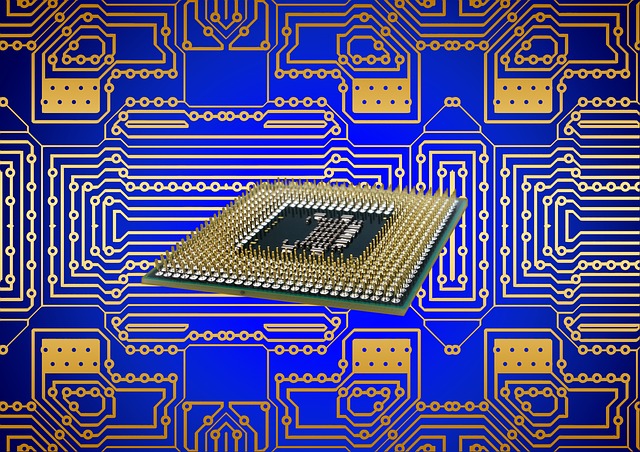 BIG DATA
BIG DATA
 BIG DATA
BIG DATA
 BIG DATA
BIG DATA
Data analytics suppliers Continuum Analytics Inc., H20.ai and MapD Technologies Inc. said today they’re joining forces to create standards for using graphics chips in analytics.
The GPU Open Analytics Initiative aims to develop a community of data science and deep learning workloads running on graphics processing units such as those made by Nvidia Corp. To kick things off, the group has unveiled a Python-based application programming interface that begins to address that aim.
The GOAI was announced during Nvidia’s annual GPU Technology Conference Monday in San Jose, California. The three companies backing the project said that although they each have their own frameworks for running deep learning workloads, the lack of a common standard data format hinders communications between applications. As a result, latency increases and analytics workflows running on GPUs suffer from a noticeable slowdown.
To address these concerns, the GOAI has proposed a new data standard called the GPU Data Frame in order to facilitate the interchange of data among workloads running on GPUs. According to the companies, the GPU Data Frame API enables end-to-end communication directly on the GPU, thereby avoiding transfers back to the central processing unit or the copying of in-memory data. In turn, this reduces compute times and the cost of high-performance analytics that are common in artificial intelligence workloads, the group said in a statement.
According to the GOAI, early tests show that when data resides only in the GPU without being sent back to the CPU, data processing times are reduced by an order of magnitude, or 10 times.
Todd Mostak, chief executive officer at MapD Technologies, said that the initiative is important because the requirement to involve CPUs for tasks like subsetting and pre-processing of data in deep learning workloads is creating a bottleneck. “The GPU Data Frame makes it easy to run everything from ingestion to preprocessing to training and visualization directly on the GPU,” he said in a statement. “This efficient data interchange will improve performance, encouraging development of ever more sophisticated GPU-based applications.”
The approach will also benefit users of Anaconda, the open data science platform, which relies on GPUs, said Travis Oliphant, chief data scientist at Continuum Analytics. “Using Nvidia’s technology, Anaconda is mobilizing the Open Data Science movement by helping teams avoid the data transfer process between CPUs and GPUs and move nimbly toward their larger business goals,” he said.
As for Sri Ambati, chief executive officer of H20.ai, he said the GOAI has the potential to create a truly diverse open-source ecosystem that will “speed up analytics and GPU adoption in the enterprise.”
The GOAI’s initial specifications and Python API are available for download on GitHub.
THANK YOU